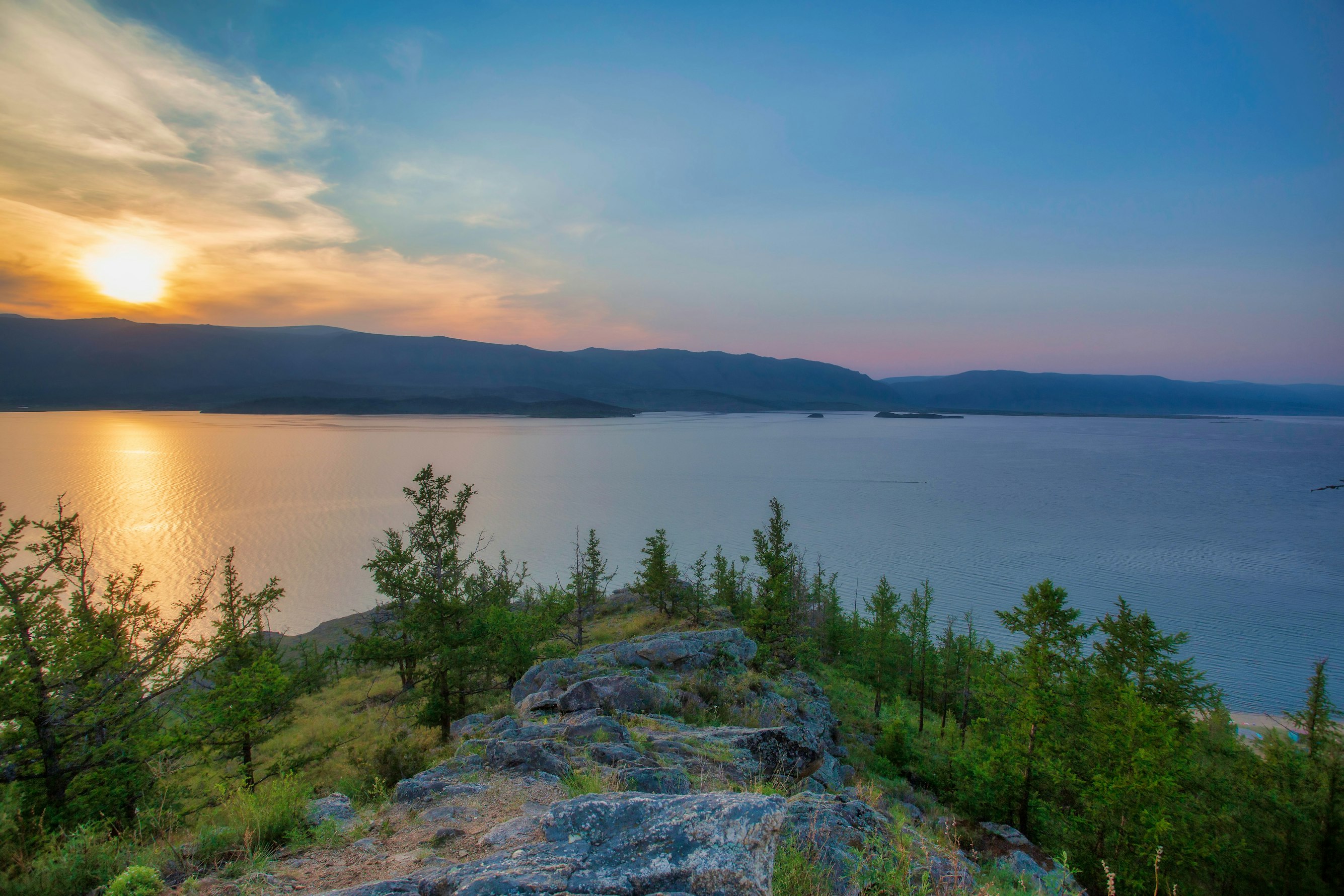A journey that needs no introduction, the renowned Trans-Siberian railway route, is a train ride to remember without a doubt. Traversing splendid sceneries, lively cities, towns full of authentic charm, and so many more breathtaking places, it is a voyage providing insight into Russia’s past and present likewise, and connecting the large country with other multifaceted destinations, which should definitely appear on your travel bucket-list. If you are still in need of some convincing, read more about the iconic route and find five interesting facts about the Trans-Siberian railway.
The longest train journey in the world
Undoubtedly one of the most exceptional travel experiences there is, the Trans-Siberian journey is the longest direct train ride in the world. Spanning for over nine thousand kilometers (around 5,800 miles), the railroad passes through numerous authentic towns and cities and provides spectacular views throughout the entire journey. The Trans-Siberian itinerary takes you through such cities as Yekaterinburg, Krasnoyarsk, Irkutsk, Omsk, and others, and can take you all the way to Beijing! As a matter of fact, you can choose from three possible options of Trans-Siberian rail tours for your unforgettable journey – the Trans-Siberian railway, the Trans-Mongolian railway, or the Trans-Manchurian one. The first one is considered to be the official actual Trans-Siberian railway route, which takes its passengers from bustling Moscow all the way to Vladivostok. The second option, known as the Trans-Mongolian route, makes its way through wondrous Mongolia and connects Moscow with Ulan-Baator and the city of Jining in China; while the third one goes all the way to lively Beijing. Wondering how long does it take to complete the longest direct train journey in the world? It takes seven days for the original Trans-Siberian route, while the Trans-Mongolian and the Trans-Manchurian ones can both be conquered in around six days. It might sound like a lot, however, the views will keep you busy for sure – the train passes not only one-of-a-kind Russian hubs, but the deepest lake in the world and an impressive number of rivers likewise.

Crossing the water
While on the Trans-Siberian journey you will pass 16 rivers and follow the waterfront of the renowned Lake Baikal – the deepest freshwater lake in the entire world. Lake Baikal is not only an impressive sight to marvel at but also a significant component of local flora and fauna, providing home for hundreds of local animal and plant species. Located in eastern Siberia the lake contains nearly one-fifth of freshwater on Earth! It is difficult to begin to comprehend its size which you can see to be true while traveling along its never-ending shoreline. Another impressive sight to enjoy are rivers along the way, including but not limited to the grand Volga River, as well as Amur, Irtysh, Ob, Kama, Yenisei and others. While traversing the Yenisei River, you make your way through the Krasnoyarsk Bridge – one of the most picturesque sites and the symbol of the city of Krasnoyarsk. As a matter of fact, the Trans-Siberian crosses a mind-blowing number of bridges, which is believed to be around 3900!

Time travel on board
The vast size of Russia is no secret to anyone but did you know that there are 11 time zones in that one country alone? And you can travel through eight of them while on the Trans-Siberian! The train ride is arguably as close to time travel as it gets. Because of that, make sure to follow the timetable, which is usually very punctual, and bear in mind that all clocks in stations and trains, as well as the timetable itself, are set to Moscow time. It helps to avoid confusion in most cases as there are so many time zones involved; however, once you are in Mongolia or China, make sure to follow the local time instead of the Moscow one used while in Russia.
Different train tracks
Local time is not the only thing that differs in Russia and other destinations. The train tracks used in Russia are not the same as in China due to different gauge sizes; therefore, once at the border of the two countries, some changes have to be made on the train for it to be able to continue its spectacular route.
Major hubs on the Trans-Siberian
The train ride ensures some awe-inspiring nature views along the way, but it also traverses some of the biggest and liveliest cities in Russia. It goes through three out of four largest cities in the country – Moscow, Yekaterinburg, and Novosibirsk, this way not only allowing its visitors to catch a glimpse of the bustling life in the hubs but also providing the locals with a convenient way to travel between them. In addition to that, the Trans-Mongolian route provides insight into the authentic Mongolian cityscapes (not to mention the breathtaking nature landscapes), and the Trans-Manchurian provides connection to Beijing – the eight largest city in the world. According to 2021 data, it has nearly 20,900,000 inhabitants, while Moscow, Yekaterinburg, and Novosibirsk are home to around 12,700,000, 1,500,000, and 1,600,000 residents respectively.
The Trans-Siberian is definitely more than just a train ride; it is a unique experience, brimming with opportunities to get better acquainted with the country, its culture, sights, and, of course, friendly locals! Try chatting up a neighbour onboard with a “privet!” and make it an even more memorable journey.
